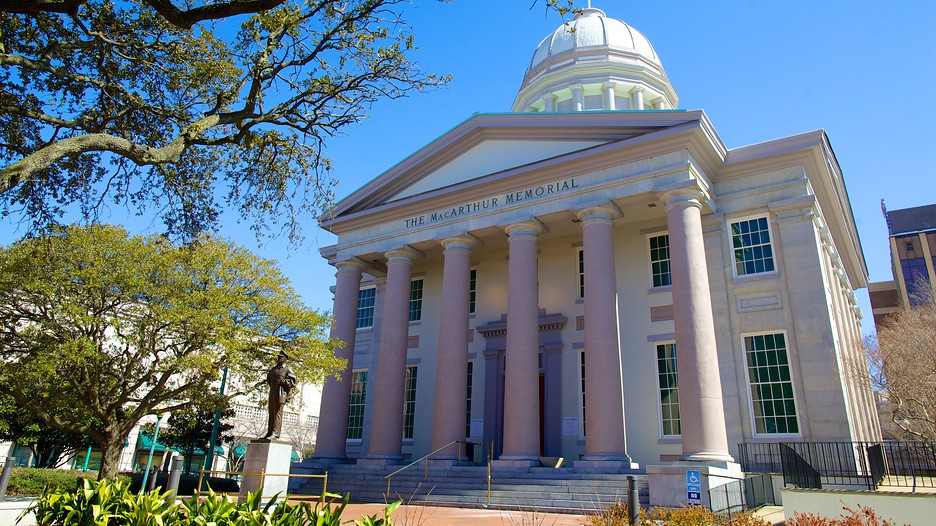NORFOLK, Virginia — The alliance between the Philippines and the United States continues to get stronger 70 years after General Douglas MacArthur waded ashore in Leyte to fulfill his promise to the Filipino people, according to Philippine Ambassador Jose L. Cuisia, Jr.
Cuisia made the observation during ceremonies commemorating the 70th anniversary of the American landings in Leyte that led to the end of the Japanese Occupation, at the MacArthur Memorial here October 18.
“The shared Filipino-American experience in the Philippines during the Second World War continues to permeate Philippine-US bilateral relations and to nurture the alliance,” Cuisia told Filipinos and Americans at the commemoration.
Cuisia said American commitment to the Philippines was concretely manifested during the return of US forces to Leyte in November last year. “This time, however, they came to help liberate the people of Leyte from an emerging humanitarian crisis caused by one of the most devastating storms in human history—Typhoon Haiyan.”
He said US troops were among the first on the ground and helped clear the way for the massive US-led international relief effort that preempted what could have been a major humanitarian disaster.
At the height of the international response, the US committed more than a thousand troops and 50 aircraft and ships, including the USS George Washington, as part of Operation Damayan. US forces assisted in search and rescue operations and provided close to 2,500 tons of relief supplies to affected communities and evacuated over 21,000 people.
Cuisia said the Philippine-US alliance was further strengthened in April with the signing of the Enhanced Defense Cooperation Agreement (EDCA).
“The EDCA is intended to support the development of a minimum credible defense posture for the Philippines through capability building and combined activities and high impact-high value joint exercises focusing on maritime domain awareness, maritime security, humanitarian assistance and disaster response,” he said.
“Today, we pay tribute to the great American patriot General Douglas MacArthur who is still remembered by many not just as the liberator of the Philippines but also as a true friend of the Filipino people,” Cuisia said in his remarks.
The envoy also paid tribute to Filipino veterans who served under General MacArthur, including Maj. Jess Baltazar, 94, and Ray Cabacar, 87, who attended the commemoration. He also expressed his appreciation to the US-Philippines Society, the MacArthur Memorial and the Gen. Douglas MacArthur Foundation.
Christopher Kolakowski, director of the MacArthur Memorial, said the liberation of the Philippines actually commenced on 17 October 1944 when elements of the 6th Ranger Battalion landed in Suluan, Dinagat and Homonhon islands.
He said the three-day operation that resulted in the capture of the three islands paved the way for the safe passage to the Leyte Gulf of the largest invasion armada ever assembled in the Pacific—a force made up of 574 ships and 174,000 men.
Kolakowski said that on 20 October 1944, three days after the Rangers became the first US troops to land on Philippine soil, more than 100,000 troops from the X and XXIV Corps hit an 18-mile beachhead between the barrios of Dulag and San Jose in Leyte in what has been referred to as A-Day, the Pacific version of D-Day in the European theater.
MacArthur Memorial historian James Zobel said the subsequent Japanese attempt to push back the US landings triggered the Battle of Leyte Gulf—the largest and bloodiest sea battle in history that broke forever Japanese sea power and ensured the success of the liberation of the Philippines.
Zobel said the battle’s climax off Samar ranks as a sublime moment in the history of the US Navy, while at Cape Engano the American Navy sank the last of the carriers that executed the Pearl Harbor attack in 1941. He said the engagement in the Surigao Strait also marked the end of an era: the last battleship-versus-battleship action in history.


